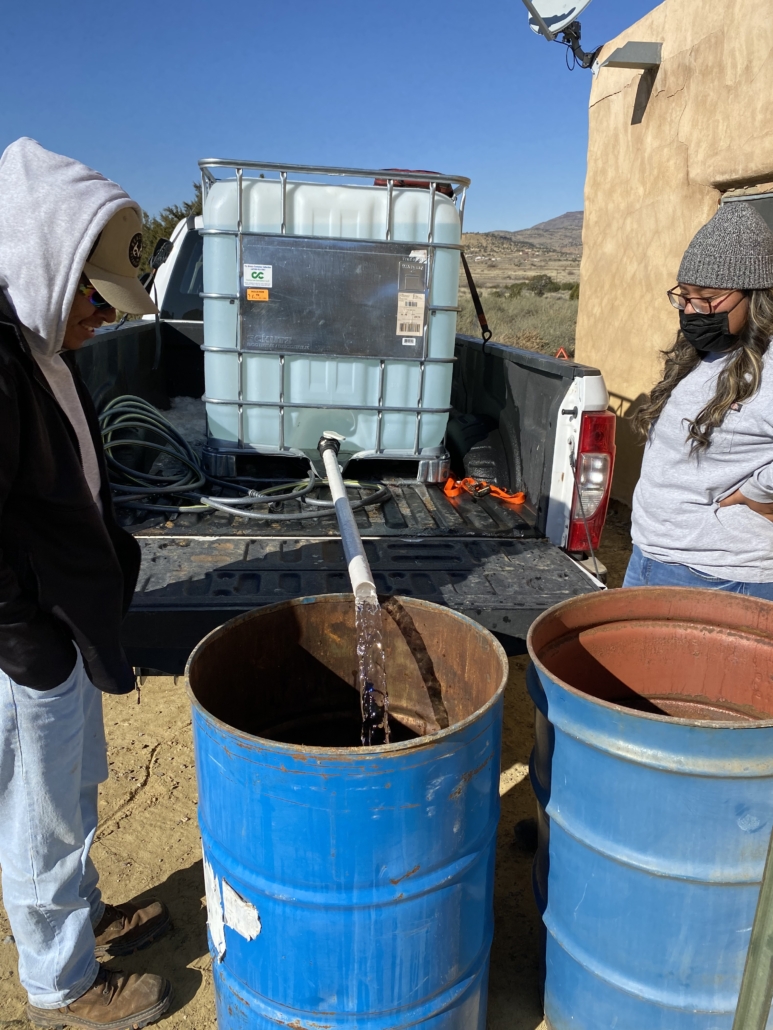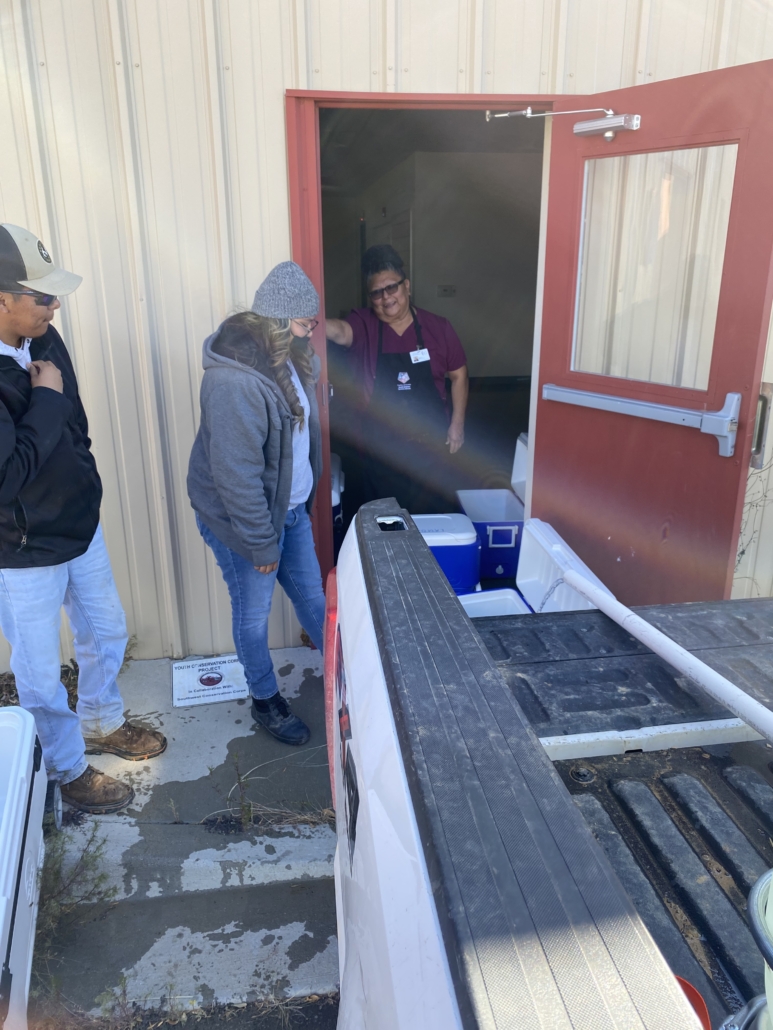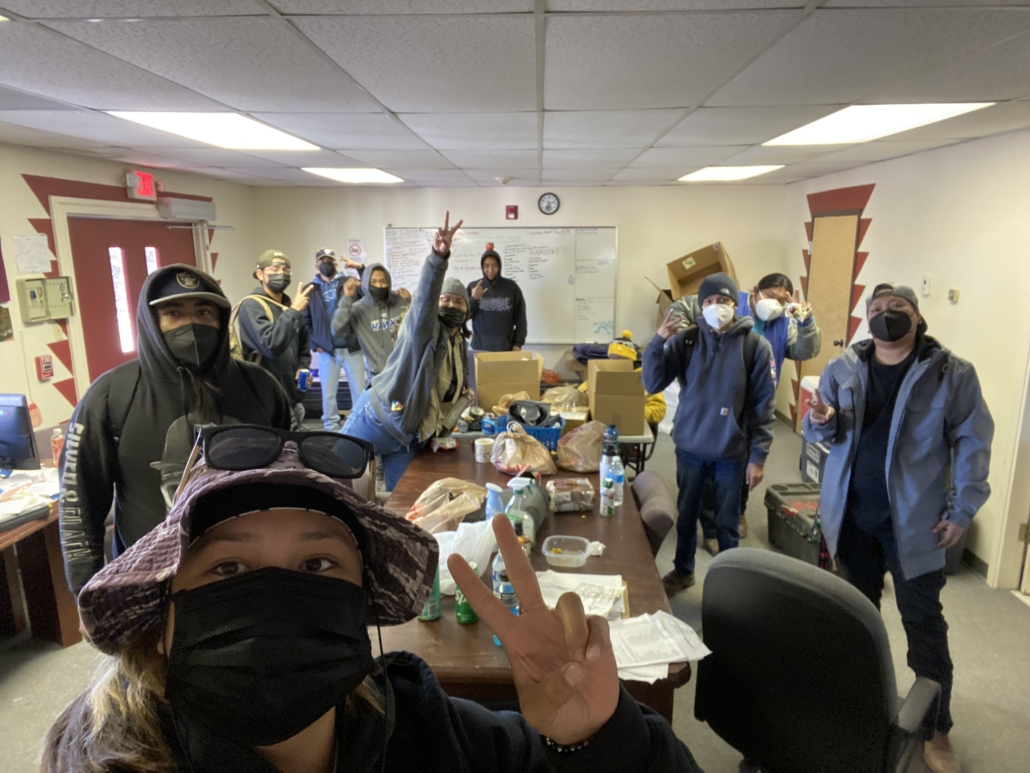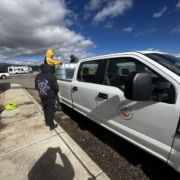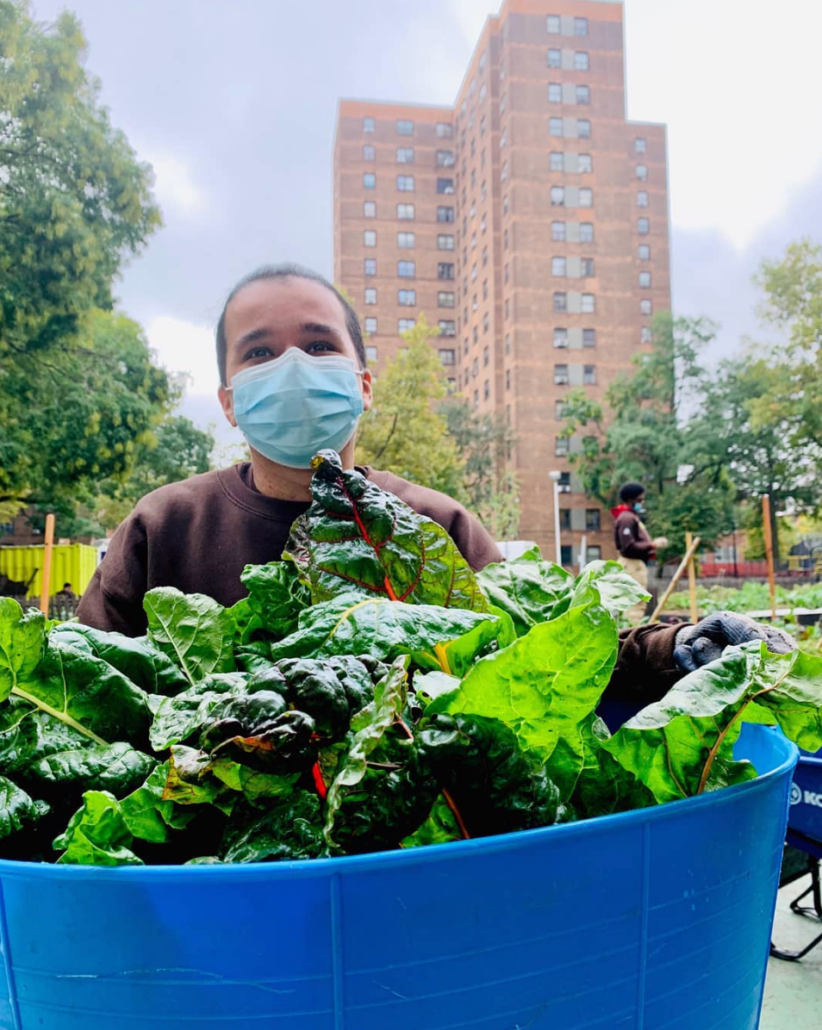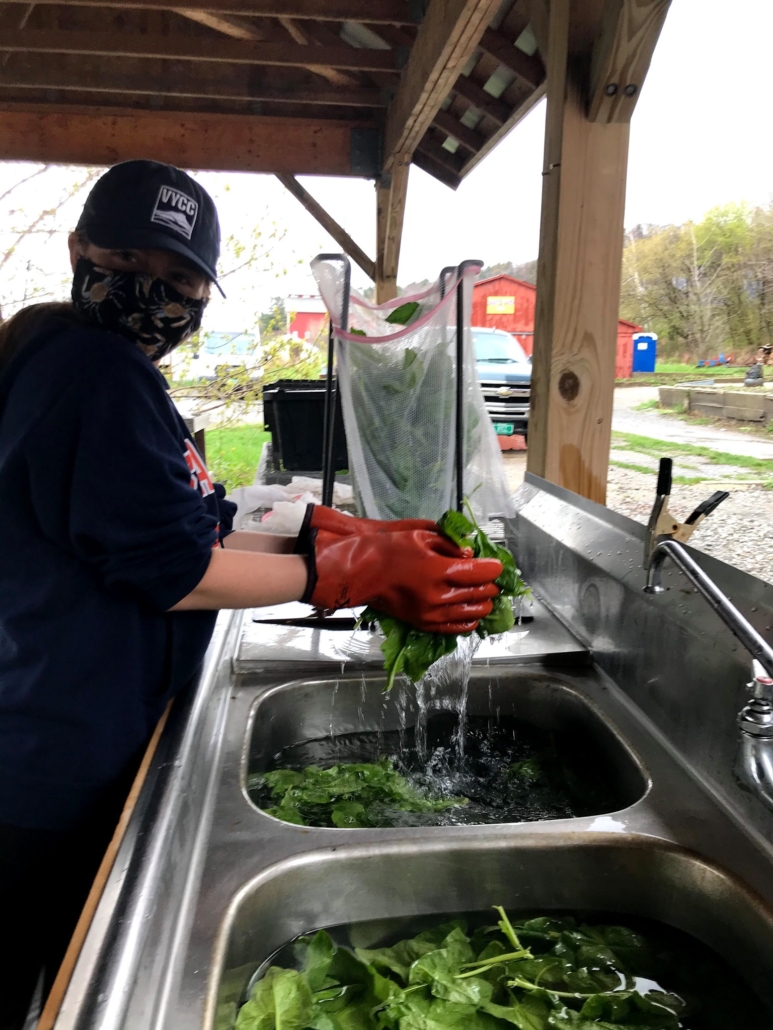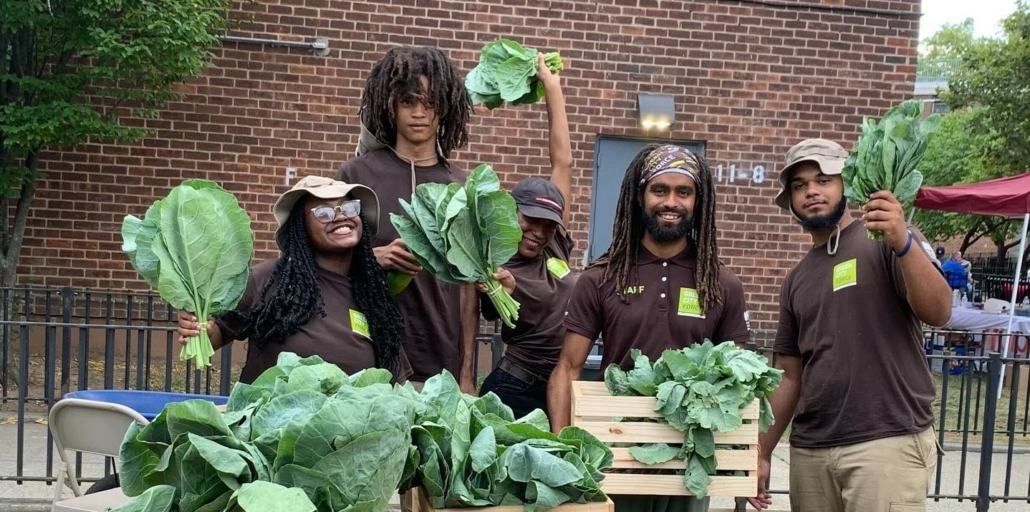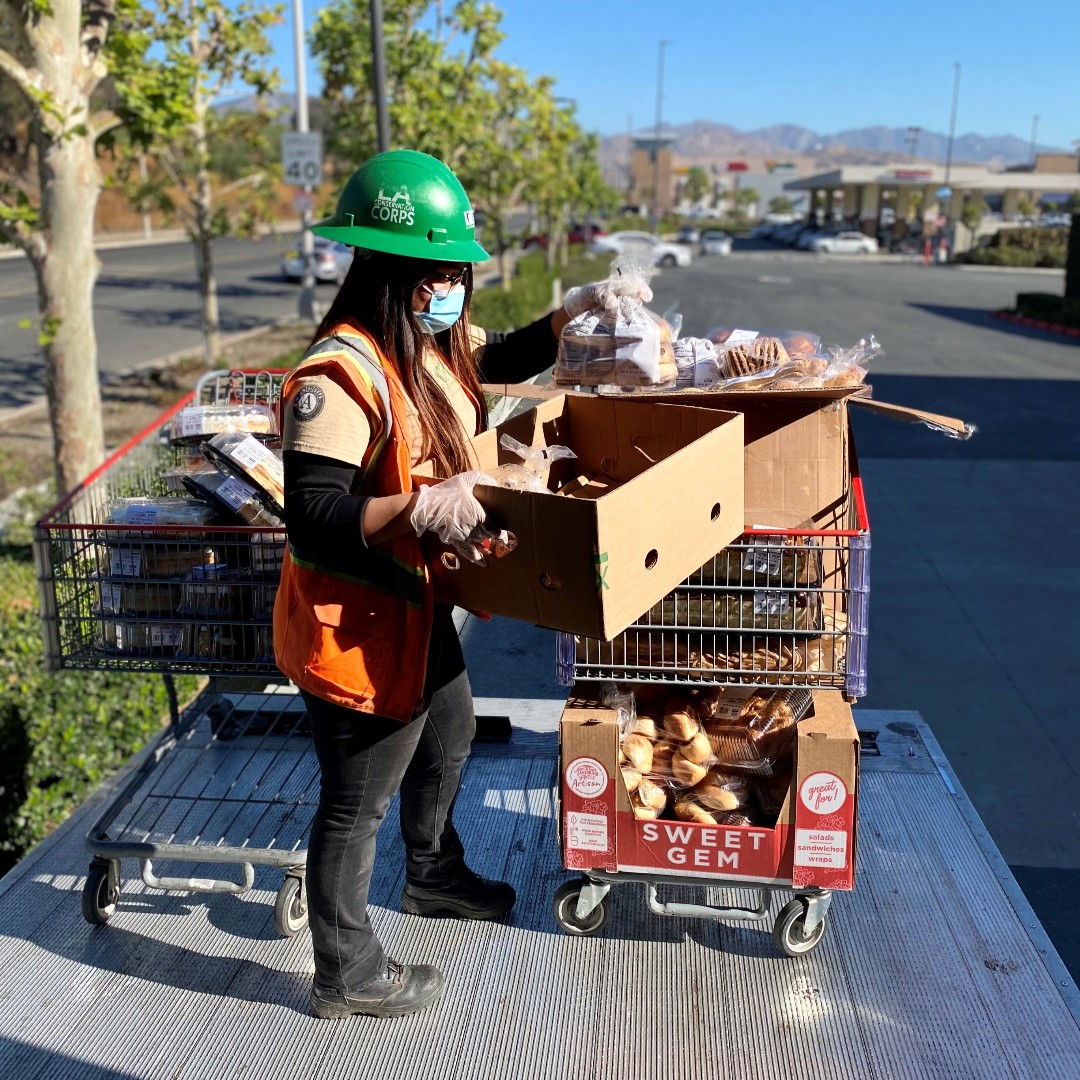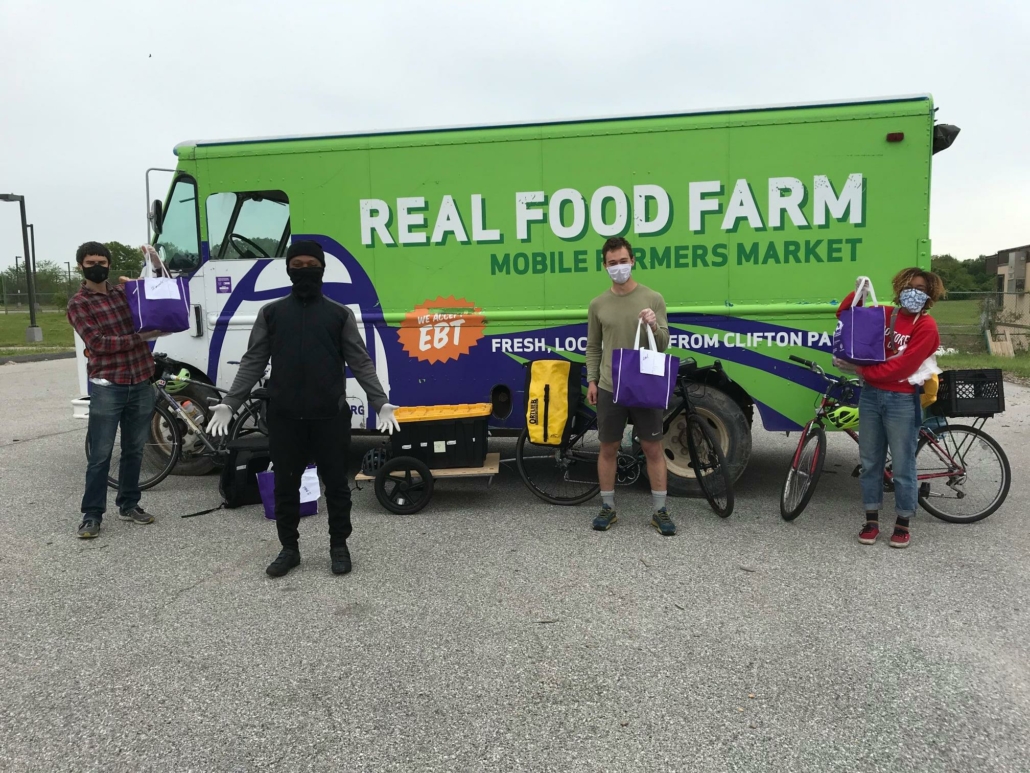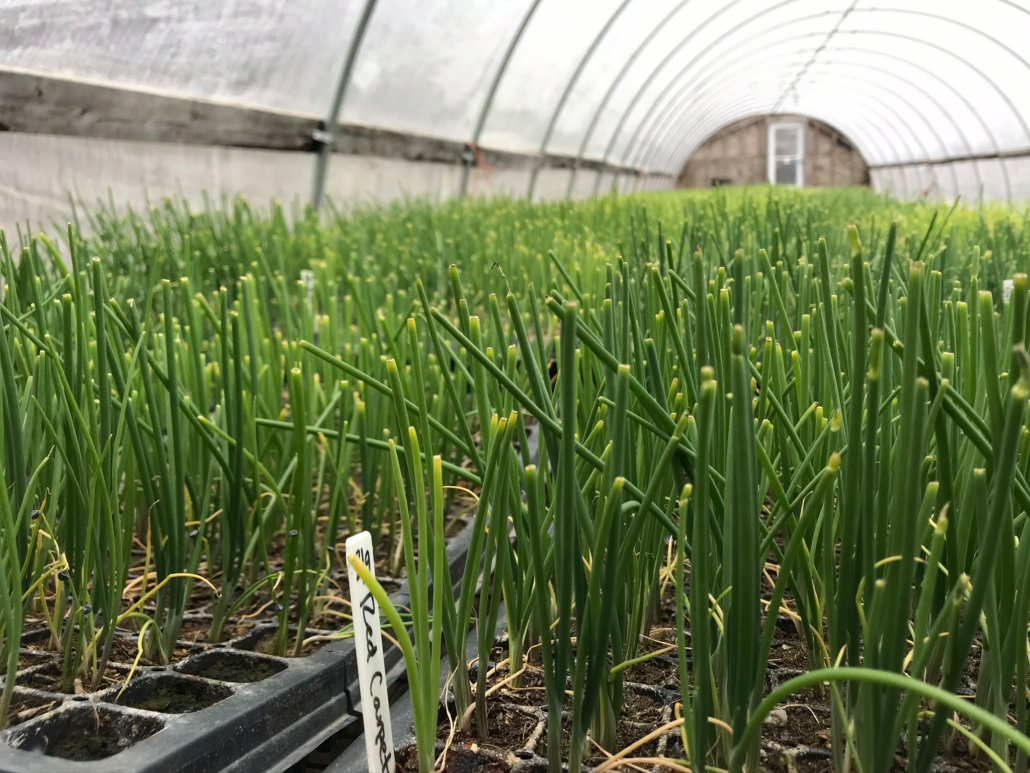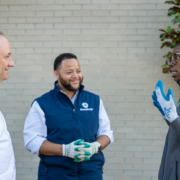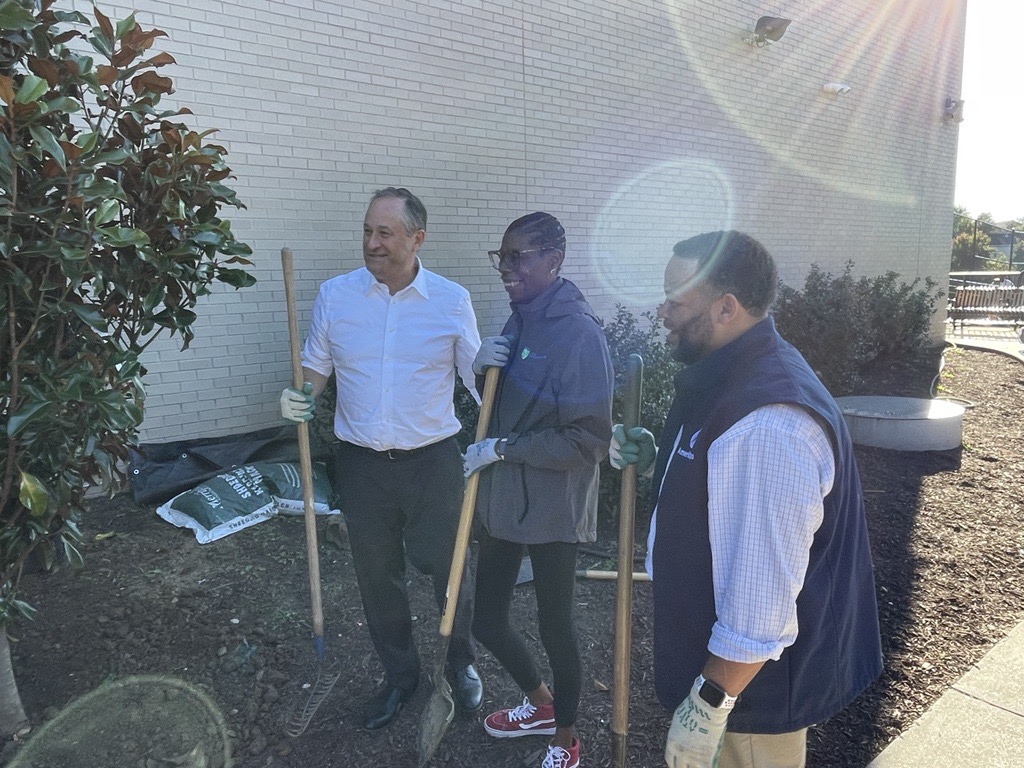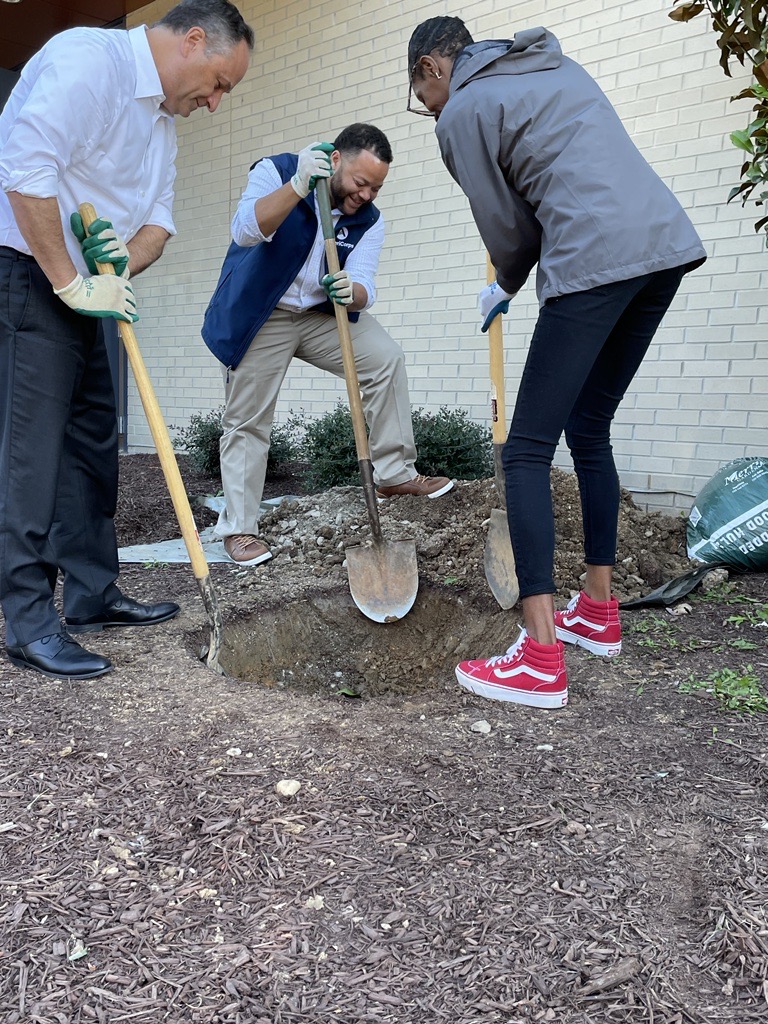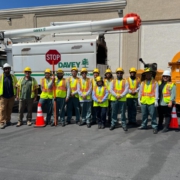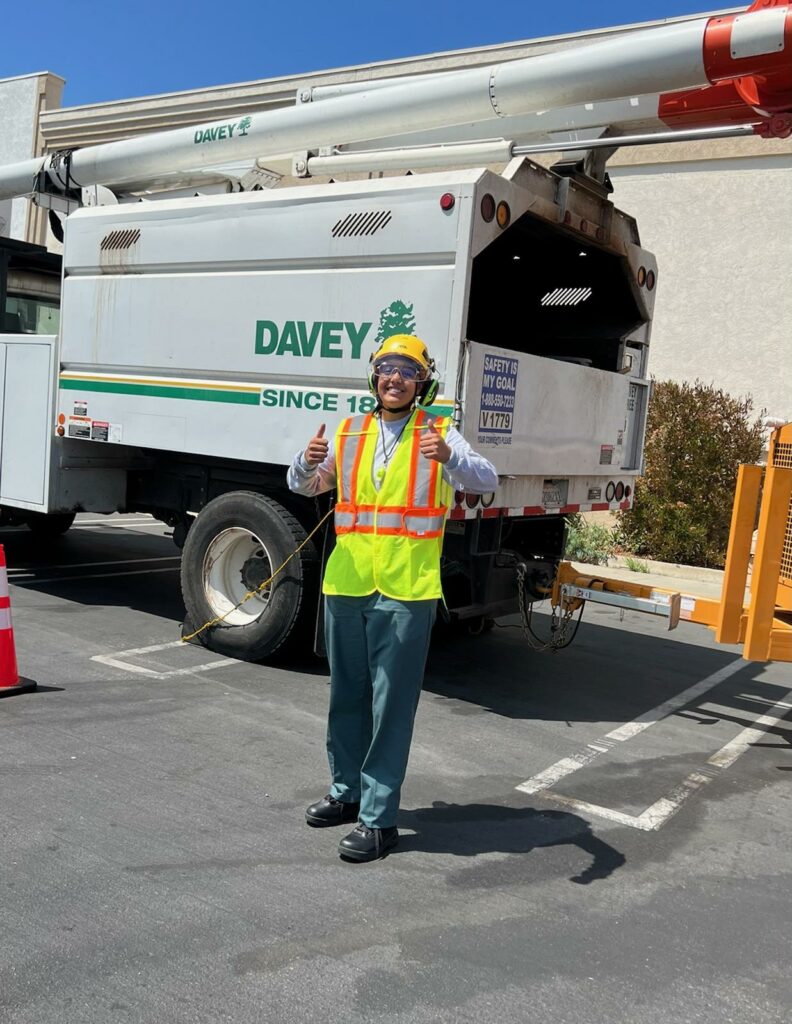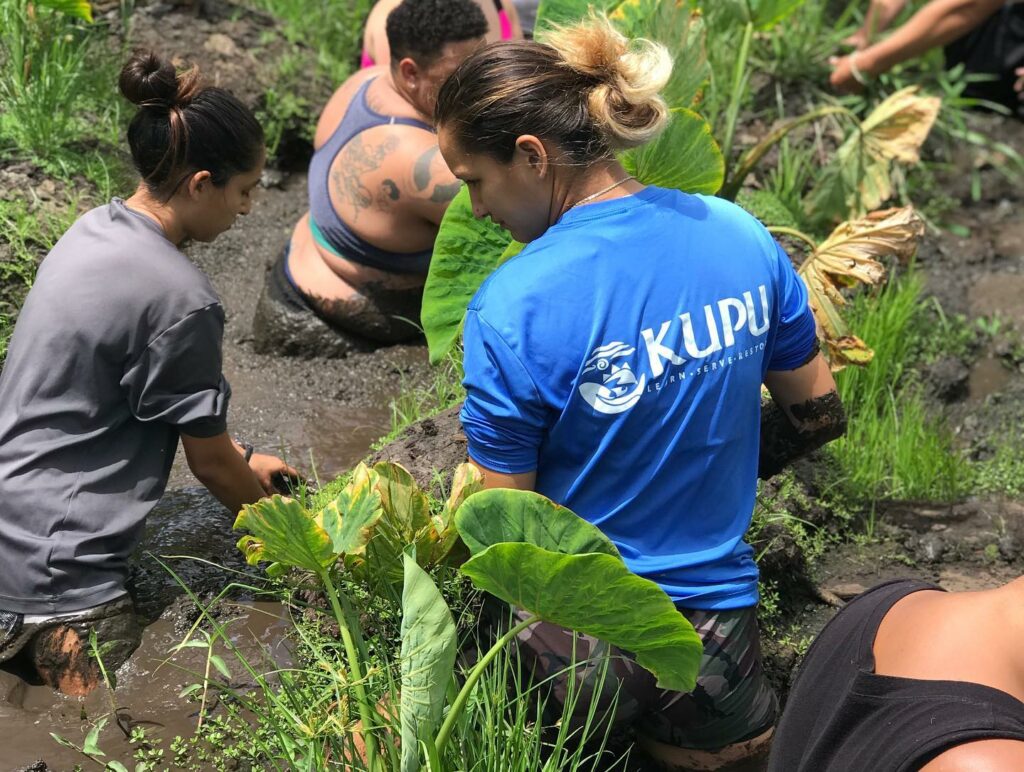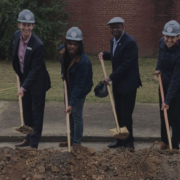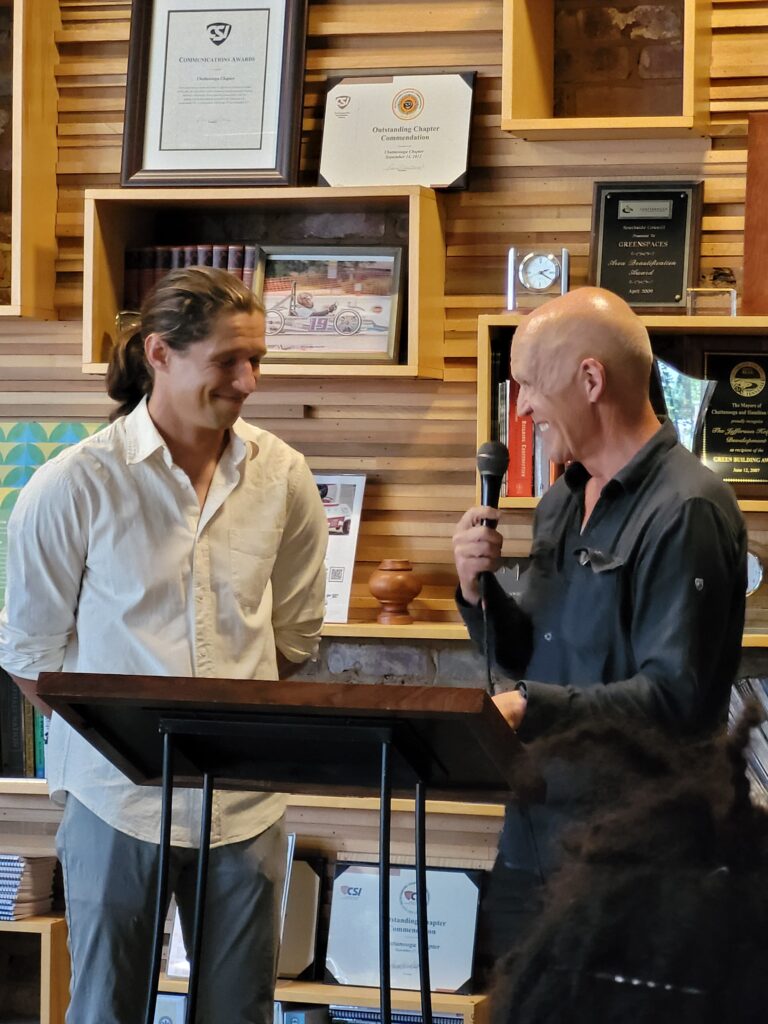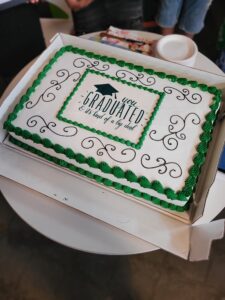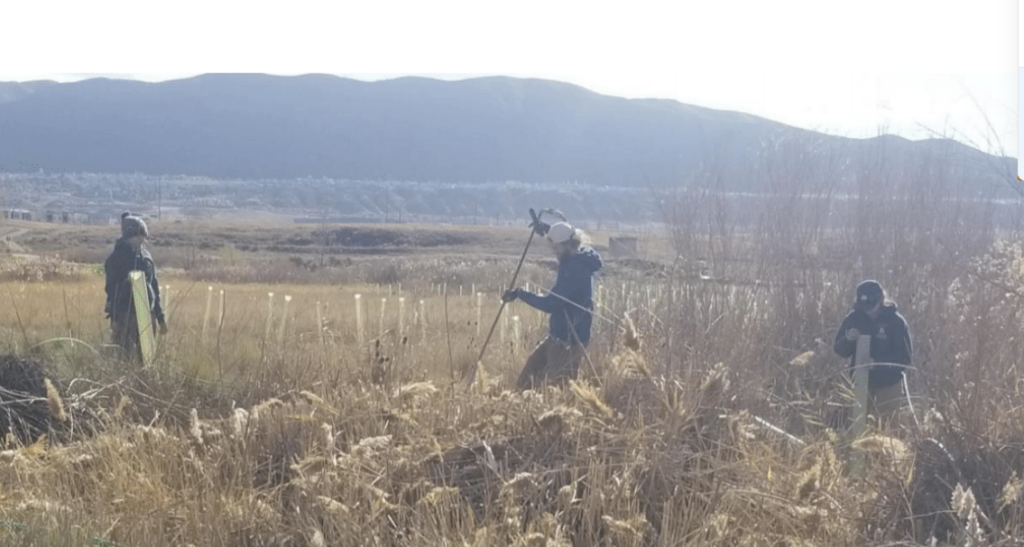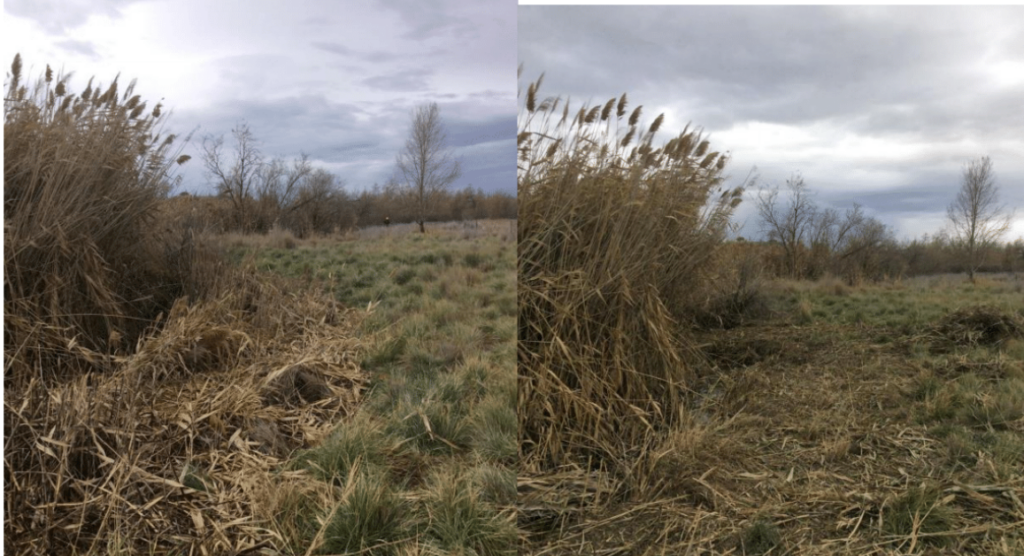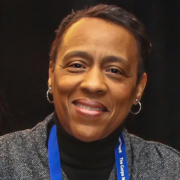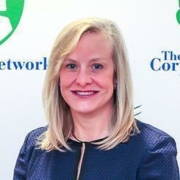If you’re new to the Corps world – or even if you’ve been in the Corps community for years – you might have questions about different terms used to describe Corps programs. What’s a Public Lands Corps? Is there a difference between a Service Corps and a Conservation Corps? What is the Civilian Climate Corps? We’ll provide clarity below.
[Banner Photo: New Jersey Youth Corps of Phillipsburg]
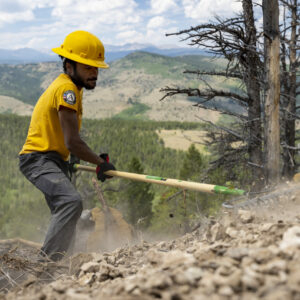
Wyoming Conservation Corps
Corps
First, the basics. Here’s how The Corps Network defines a Corps: Corps are…
- Locally-based organizations that engage young adults (generally ages 16 – 30) and veterans (up to age 35) in service projects that address conservation, disaster response, and community needs.
- Most Corps are nonprofits, but some are operated through state or local governments or by universities.
- Through a term of service that could last from a few months to a year, Corps participants – or “Corpsmembers” – gain work experience and develop in-demand skills.
- Corpsmembers are compensated with a stipend or living allowance and often receive an education award or scholarship upon completing their service.
- Additionally, Corps provide participants educational programming, mentoring, and access to career and personal counseling. Some Corps help participants earn their high school diploma or GED.
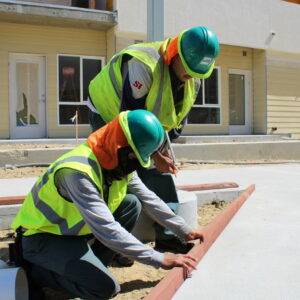
Urban Corps of San Diego County
Service and Conservation Corps
All Conservation Corps are Service Corps; but not all Service Corps are Conservation Corps. The Corps Network was formerly known as the National Association of Service and Conservation Corps (NASCC). Is there a difference between a Service Corps and a Conservation Corps? Yes…and no. The majority of organizations in The Corps Network’s membership prioritize conservation-focused service projects and career training, but some Corps also operate programs focused on construction, health care, food access, or meeting other community needs. While all Corps engage participants in service, most, but not all “Service Corps,” do conservation work. We might not be called NASCC anymore, but The Corps Network continues to collectively refer to all our member organizations as “Service and Conservation Corps.”
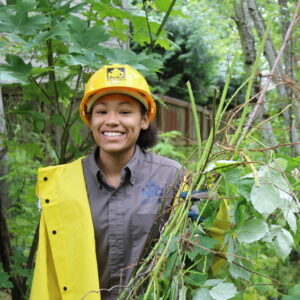
Northwest Youth Corps
Youth Conservation Corps
“Youth Conservation Corps” can have a couple different meanings…
The United States Youth Conservation Corps (YCC) is a federal summer youth employment program that engages young people ages 15 – 18 in “meaningful work experiences at national parks, forests, wildlife refuges, and fish hatcheries.” The YCC program allows federal lands to operate their own summer Corps programs in-house. Note that many parks and forests that have their own YCC program also contract with local Corps to do year-round projects or more technical work.
“Youth Conservation Corps” is also a term used by some Service and Conservation Corps to refer to their programs for people below age 18. It is common for the same Conservation Corps to operate both a “Youth” program for people under 18 and an “Adult” program for people 18+.
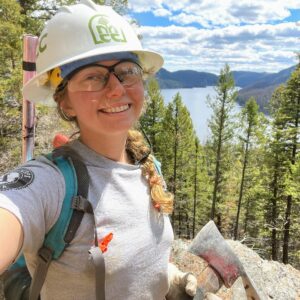
Montana Conservation Corps
Public Lands Corps (Public Lands Service Corps)
The short answer is that a Public Lands Corps is a Corps that completes resource management projects on federal and Tribal lands and waters.
The long answer….
The Public Lands Corps Act passed in Congress in 1993, giving federal bureaus under the Departments of Agriculture (USDA) and Interior (DOI) flexibility to enter into cooperative agreements with “qualified youth or conservation corps” to complete “appropriate conservation projects.”
What does that mean? The Public Lands Corps Act opened opportunities for the National Park Service, U.S. Forest Service, U.S. Fish and Wildlife Service and other federal agencies within DOI to partner with Corps to address priority projects on our parks and forests.
The federal government has a specific definition for a “qualified youth or conservation corps,” but essentially it’s a Corps that:
- engages young people ages 16-30 and veterans up to age 35 in conservation and restoration service projects on “public lands, Indian lands, and Hawaiian homelands,”
- and “gives participants a mix of work experience, basic and life skills, education, training, and support services.”
The Public Lands Corps Act was amended through the Dingell Act in 2019 to also open opportunities for partnerships between Corps and the Department of Commerce (i.e., NOAA). Additionally, the Dingell Act raised the age eligibility to receive the Public Lands Corps hiring authority from 25 to 30 (and veterans up to age 35).
When a young person serves in a Corps and completes at least 640 documented service hours on federal lands or waters, they can receive the Public Lands Corps hiring authority. This is a special “noncompetitive” hiring status that allows someone to apply for federal jobs not open to the general public. Essentially it makes it easier for a Corps alum to transition into a full-time job with the U.S. Forest Service, the National Park Service, or another federal agency.
Note: Each participating federal agency has its own process for identifying partner Corps and entering into Public Lands Corps contracts or agreements with “qualified youth or conservation corps.” In addition, each agency has a slightly different process for tracking Public Lands Corps hours and administering hiring certificates.
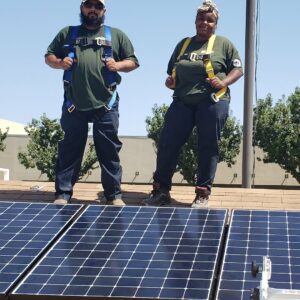
Fresno Local Conservation Corps
Civilian Climate Corps
The Civilian Climate Corps (CCC) is a concept to expand national service programs doing conservation work with the goal of engaging more Americans in making our communities greener and more climate resilient.
- On January 27, 2021, President Biden signed the Executive Order on Tackling the Climate Crisis at Home and Abroad. Section 215 calls to create a “Civilian Climate Corps Initiative, within existing appropriations, to mobilize the next generation of conservation and resilience workers and maximize the creation of accessible training opportunities and good jobs.”
- Funding to support a CCC has been included in the President’s FY22 and FY23 budget proposals.
- As of July 2022, it does not appear funding for a CCC will pass as part of the FY22 reconciliation process. However, the Biden administration and many champions in Congress remain committed to supporting the development of a CCC.
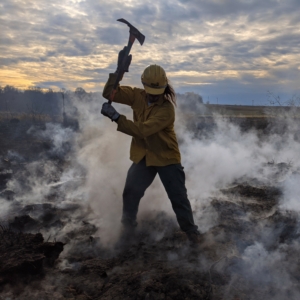
Conservation Corps Minnesota & Iowa
What’s the difference between a Climate Corps and a Conservation Corps?
The Corps Network does not define any difference between a “Climate Corps” and a “Conservation Corps.” They are the same thing.
In recent years, several states, cities, and local organizations have launched new Corps programs that are labeled as “Climate Corps.” For instance, there are Climate Corps initiatives in Maine and California. These newer programs focus on climate resilience projects that are exactly the same or very similar to projects that “Conservation Corps” have been doing for years. This includes projects like home weatherization; installing solar panels or energy and water efficiency measures in homes and public buildings; conducting energy audits; collecting data; disaster preparedness; educating the public, etc.
At The Corps Network, we believe the majority of projects that Service and Conservation Corps complete are related to sustainability and climate response and resilience. A Climate Corps is a Conservation Corps and a Conservation Corps is a Climate Corps.

AmeriCorps St. Louis
AmeriCorps
AmeriCorps is a federal agency that “funds organizations to make positive impact in communities.” AmeriCorps annually provides more than $800 million in grants to nonprofit, community, Tribal, and state organizations and places 250,000 AmeriCorps members and AmeriCorps Seniors volunteers across the country. AmeriCorps awards grants to national organizations (like The Corps Network), as well as local non-profit organizations (including Corps), to support the recruitment of service members and provide them modest financial compensation and an Education Award. Many Service and Conservation Corps are AmeriCorps programs; many young people who serve in Corps are AmeriCorps members.
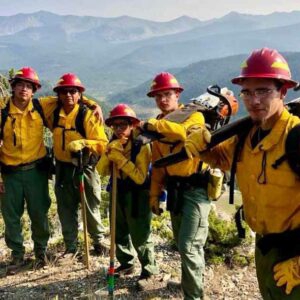
Job Corps CCC
Job Corps
Job Corps is an education and job training program administered by the U.S. Department of Labor. Program participants must be between ages 16 – 24 and, among other qualifications, must meet certain low-income criteria. There are more than 100 Job Corps Centers across the country. Some of these locations, known as Job Corps Civilian Conservation Centers (Job Corps CCCs) are operated by the U.S. Forest Service. These Centers – which are residential – focus on training young people in conservation and resource management skills. The JCCCCs are members of The Corps Network.

American Conservation Experience
21st Century Conservation Service Corps (21CSC)
The 21st Century Conservation Corps (21CSC) was an initiative launched under the Obama Administration to grow the Corps movement by expanding private-public partnerships. The vision was to have 100,000 young people and veterans serving in Corps every year. By giving more young adults and returning veterans the opportunity to work and serve on America’s public lands, the 21CSC initiative sought to improve our infrastructure, boost local economies, and train a new generation of conservation workers. The term 21CSC is still used by some to refer to member organizations of The Corps Network, but the term is now outdated and should not be used to avoid confusion.
